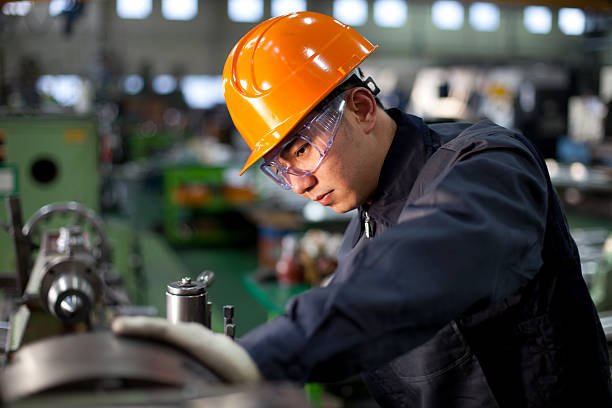
A business survey on Thursday showed that supply chain problems eased and factories in Asia’s biggest economy resumed operations in May. However, weak global demand remains a major challenge for many of the region’s large exporters. China’s and Japan’s Purchasing Managers’ Indexes (PMIs) for the same month showed factory activity swinging toward growth, contrasting with weak data from South Korea, Vietnam and Taiwan, which continued to decline.
Factory activity in India is growing at its fastest pace since October 2020, indicating strong demand and production are supporting Asia’s third-largest economy. Mixed PMIs point to a mixed recovery from the pandemic, especially in China, the world’s second largest economy, adding uncertainty to the region’s growth prospects but remaining optimistic. It is a factor that makes it possible.
“China’s economic recovery was still continuing in May, albeit at a slower pace, according to a PMI survey. Waning fiscal support weighed on construction activity,” said Julian Evans-Pritchard, analyst at Capital Economics. “But manufacturing output ticked up and the service sector is still seeing decent gains, suggesting that Q2 GDP growth may not be as bad as many fear.”
China’s Caixin/S&P Global Manufacturing PMI rose to 50.9 in May from 49.5 in April, above the 50-point index mark that separates growth from contraction. The reading surpassed expectations of 49.5 in a Reuters poll, a stark contrast to a deeper contraction activity seen in the official PMI released on Wednesday.
“Current economic growth lacks internal drive, and market entities lack sufficient confidence, highlighting the importance of expanding and restoring demand,” said Wang Zhe, Senior Economist at Caixin Insight Group. But China’s business confidence for the coming 12 months fell to a seven-month low amid concerns over global economic prospects, the Caixin survey showed. Japan’s au Jibun Bank PMI final rose to 50.6 in May, surpassing the 50.0 level for the first time since October as demand was boosted by delays in reopening the economy due to pandemic restrictions.
But other data released Wednesday showed factory production in Japan fell unexpectedly in April. A manufacturing survey forecast a 1.9% rise in May, but government officials said weaker external demand raised the risk of a downward revision to plans.
Elsewhere in Asia, South Korea’s PMI rose to 48.4 in May, up slightly from 48.1 in April, but the longest contraction in 14 years as weaker global demand hurt production and orders fell wide. Vietnam, Malaysia and Taiwan also saw factory activity decline in May, while the Philippines saw an increase, according to polls. Asian economies rely heavily on China’s resilience, with spending on services outstripping activity in export-oriented sectors, and recovery has been uneven.
In a forecast released in May, the International Monetary Fund said it expects the Asian economy to grow 4.6% this year and 3.8% in 2022, accounting for about 70% of global growth.
However, it cut its Asian growth forecast to 4.4% next year, citing risks to the outlook, including more resilient inflation than expected, weaker global demand and the impact of stress on the U.S. and European banking sectors. warned.